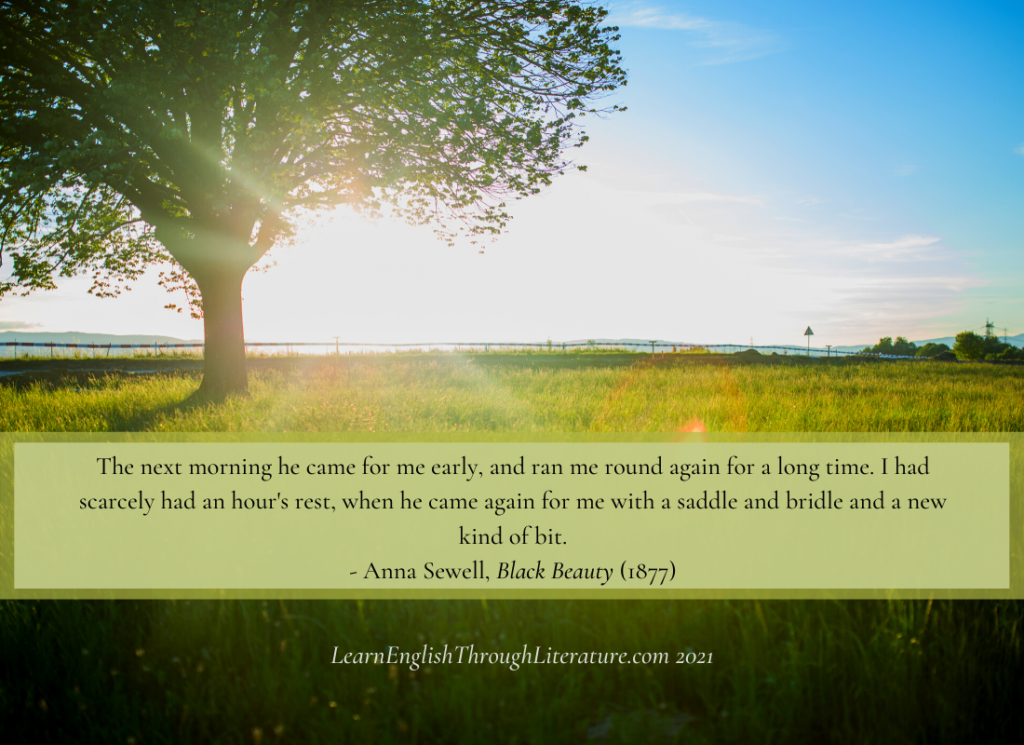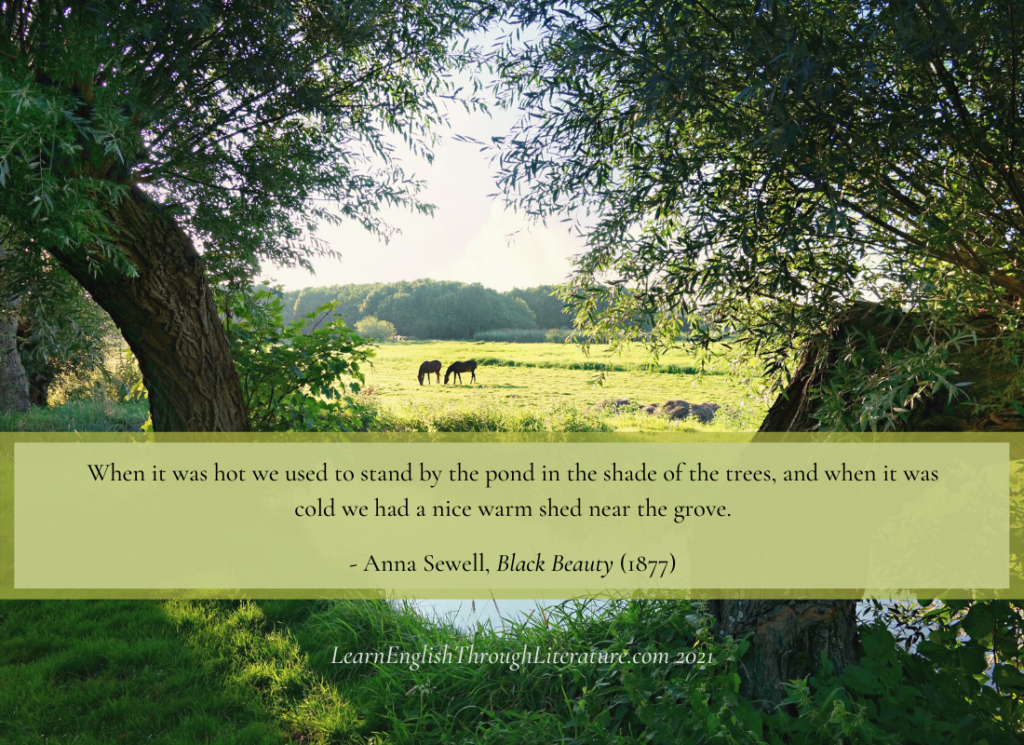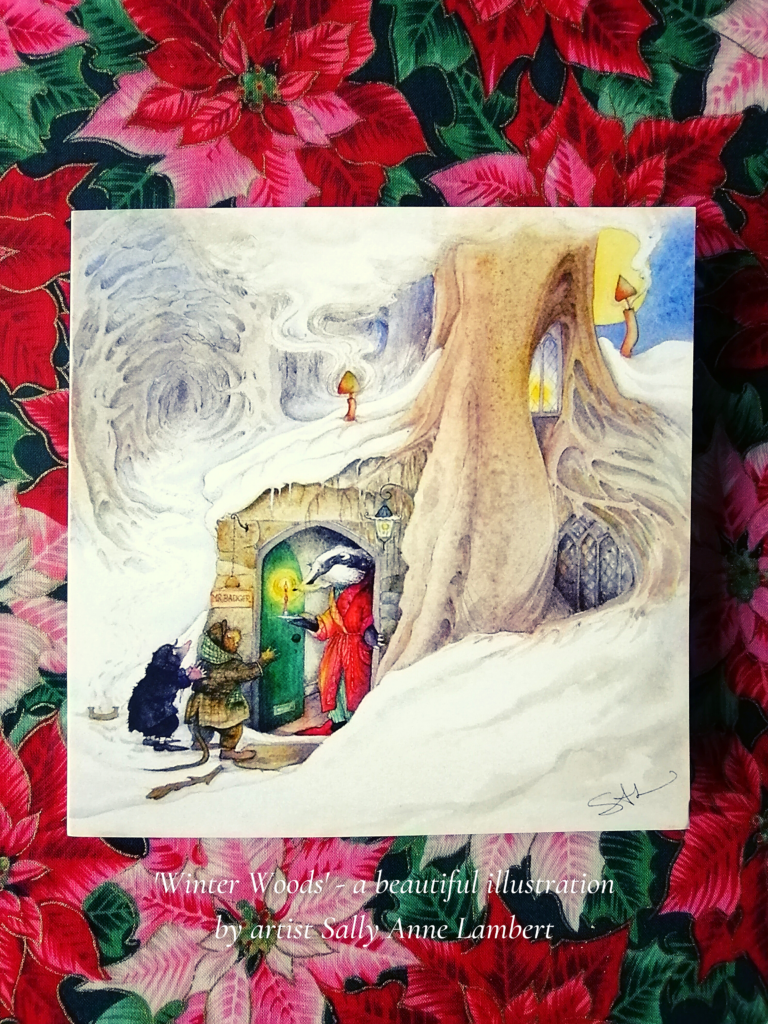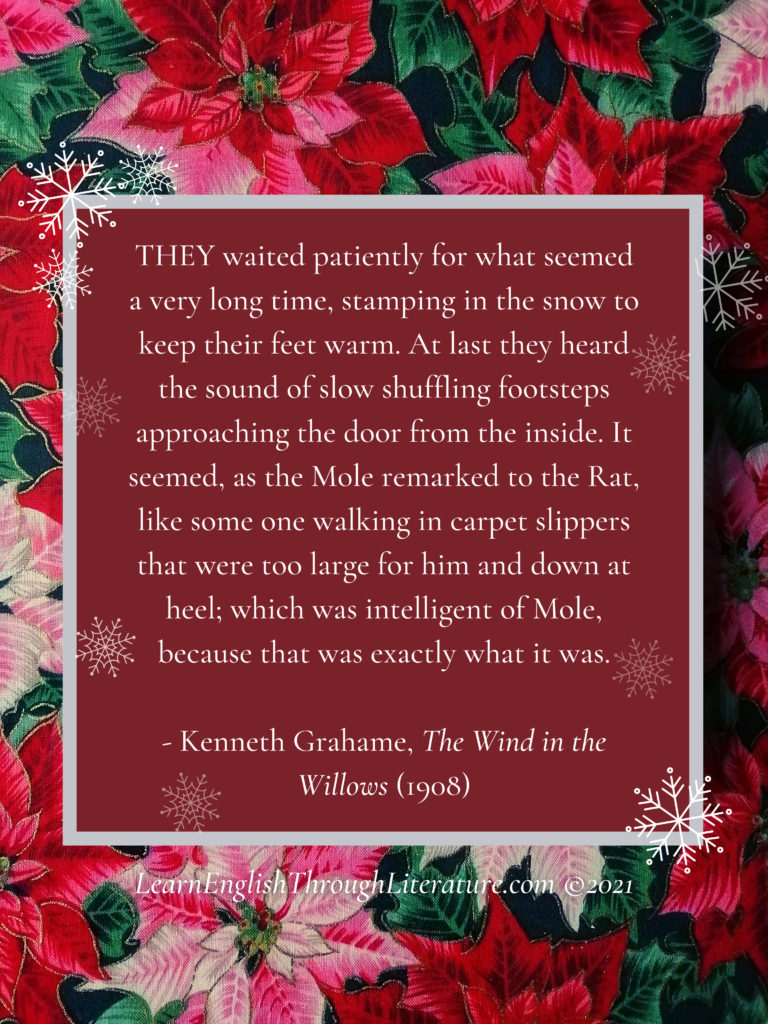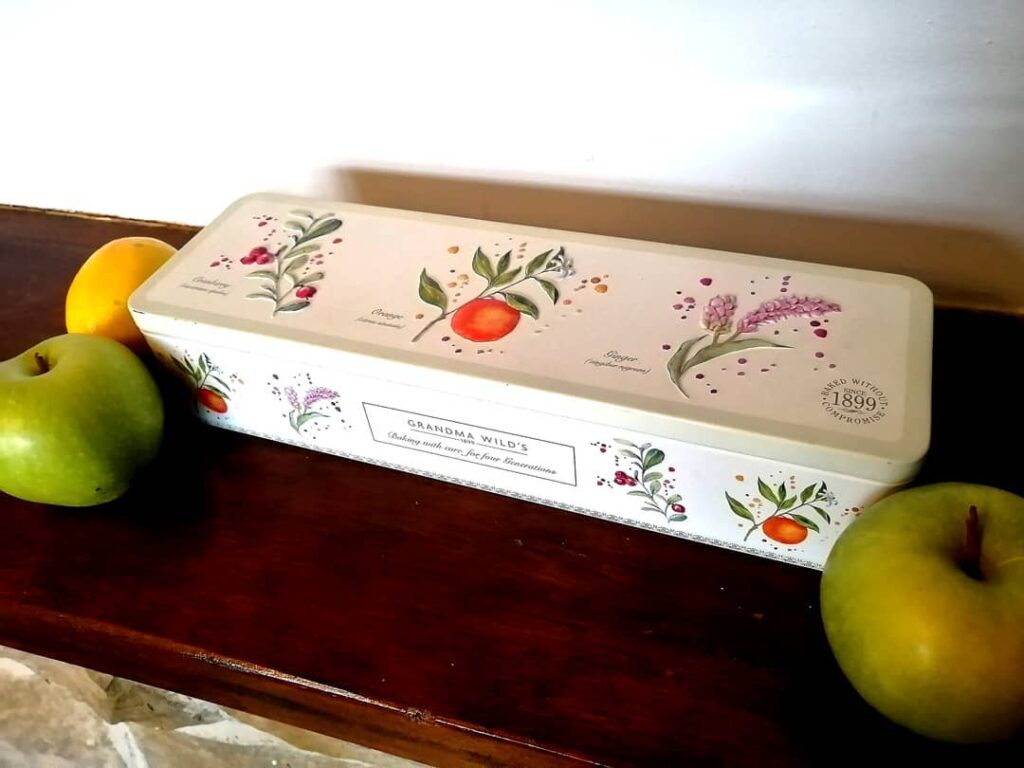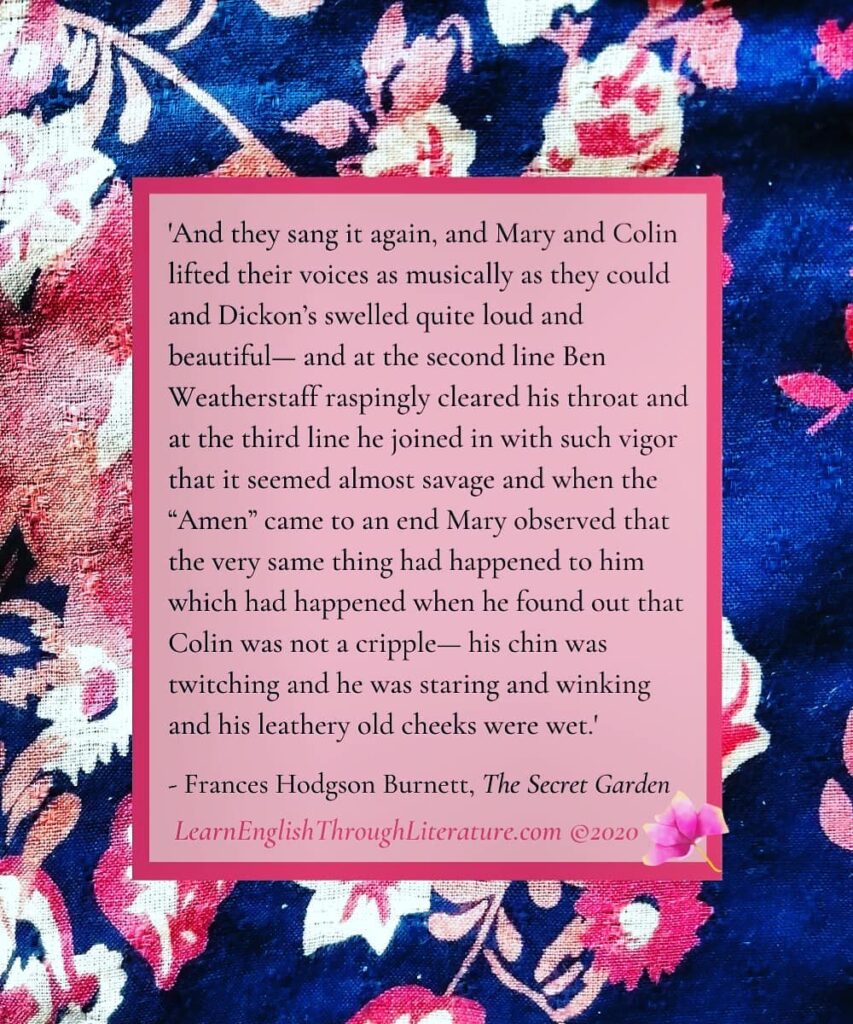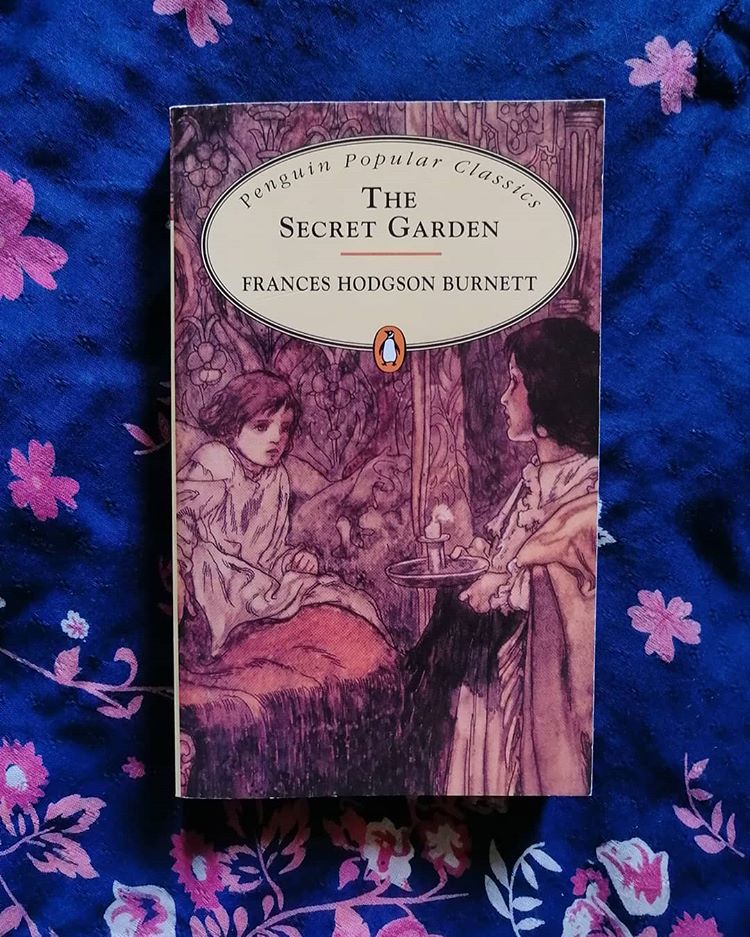Mini-Lesson Monday, Lesson #202 (Part 2): The Differences Between ‘If’ and ‘When’, through Sewell’s ‘Black Beauty’
We are outlining the usages and differences between the conjunctions ‘if’ and ‘when’ in today’s Lesson, with the help of Anna Sewell’s influential Black Beauty. Not only did Sewell espouse (promoted) animal welfare through it, but the public’s response to it helped to introduce new anti-cruelty legislation in Britain and the U.S.A. – as such, […]

